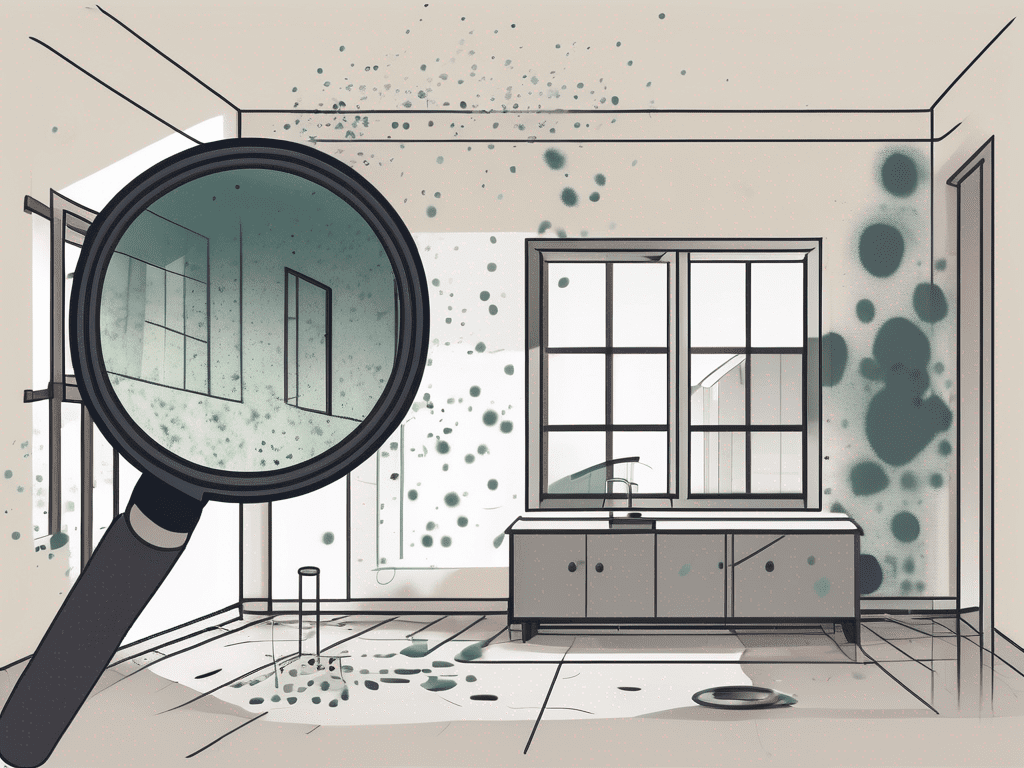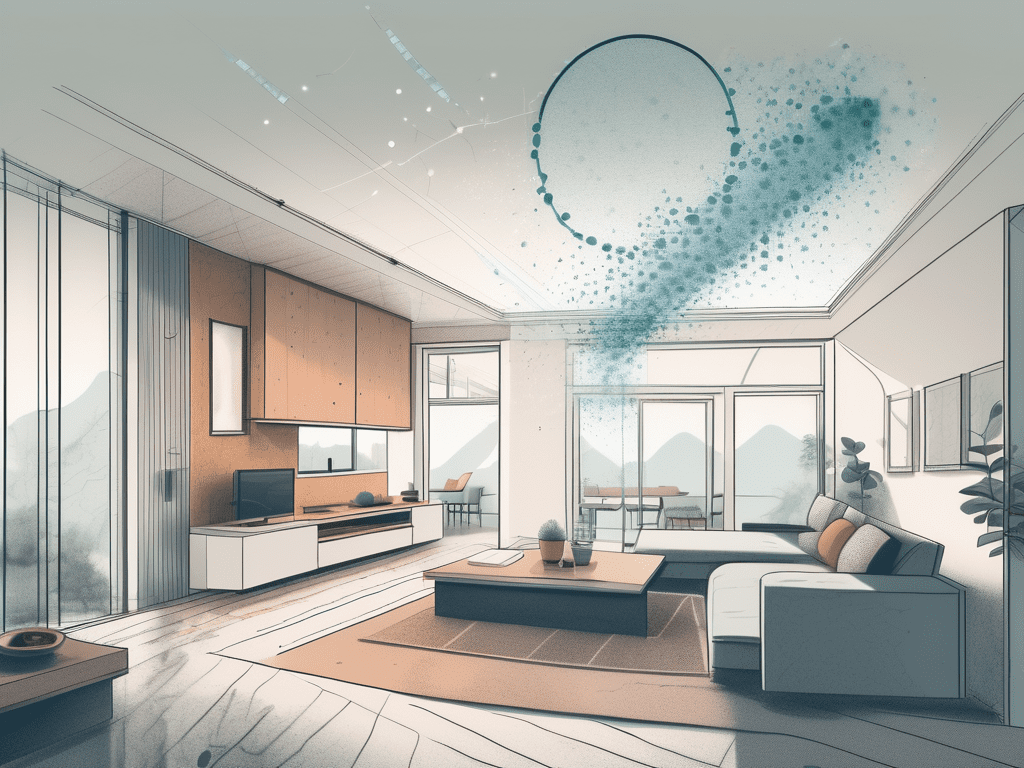Recently, a group of scientists discovered the answer to a long-standing question, “Where is the missing methane?” More specifically, the group sought to uncover the residential and commercial sources of methane that were unaccounted for, considering the unprecedented amount of methane in the atmosphere.
Researchers measured levels of three major pollutants: methane, carbon dioxide and nitrogen oxides. Due to COVID-19 restrictions, the scientists were only able to collect measurements from 53 homes, rentals and Airbnbs in California. Nevertheless, what they found was shocking.
Do Gas Stoves Cause Pollution?
The study revealed that all gas stoves leak when they are turned on, when they are burning and when they are turned off. Considering the fact that gas stoves are a feature of 40 million homes in the United States, this is an important issue.
In addition to methane, carbon dioxide and nitrogen oxides, gas stoves are known to emit formaldehyde and particulate matter. All of these air pollutants pose a detrimental risk to your health as well as the larger environment. While carbon dioxide is the largest contributor to climate change, methane is the second-largest contributor and it’s 80 times more powerful in the short term.
This is concerning given the fact that nearly three-quarters of the “missing methane” originates from gas stoves that are not turned on. In other words, gas stoves leak planet-destroying air pollutants around the clock, regardless of whether or not they’re actively in use.
Furthermore, the scientists found that nitrogen oxide emissions increased relative to the size of the burner. The larger the burner, the worse the emissions. In a small kitchen without a range hood, nitrogen oxide emissions can surpass national health standards within minutes of use.
Are Gas Stoves Safe?
Considering the aforementioned, it’s fair to say that gas stoves are not safe. The air pollutants emitted by gas stoves when on and off, contribute to climate change and negatively impact human health.
Examples of climate-related effects include:
- Acid rain
- The formation of ground-level ozone
- Rising ocean levels
- Melting ice caps
- Reduced crop yields
Examples of health-related effects include:
- Irritation of the eyes, nose and throat
- Coughing, wheezing and difficulty breathing
- Nausea and vomiting
- Dizziness
- Headache
- Nonfatal heart attacks
- Premature death
How To Avoid Gas Stove Pollution
The best way to avoid gas stove pollution is to get rid of your gas stove range. However, that is not a feasible option for most homeowners. The next best options are ventilation, filtration and purification. These indoor air quality solutions can be accomplished in a number of ways.
- Turn on range hoods and ceiling fans when cooking for added spot ventilation.
- Open multiple doors and windows to allow for natural cross ventilation.
- Invest in an active air purifier and air quality monitor.
- Replace air filters frequently and ensure that they are high quality. Look for air filters with a MERV 13 rating or higher.
Mind Your Stove
The bad news? Gas stoves leak toxic air pollutants all the time. The good news? Indoor air quality control solutions circumvent the air pollution created by these leaks. Investing in the appropriate IAQ solutions will slow the damaging effect gas stoves have on our planet and your family’s health.






